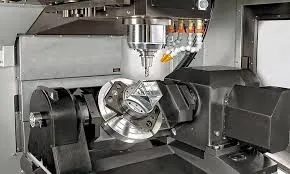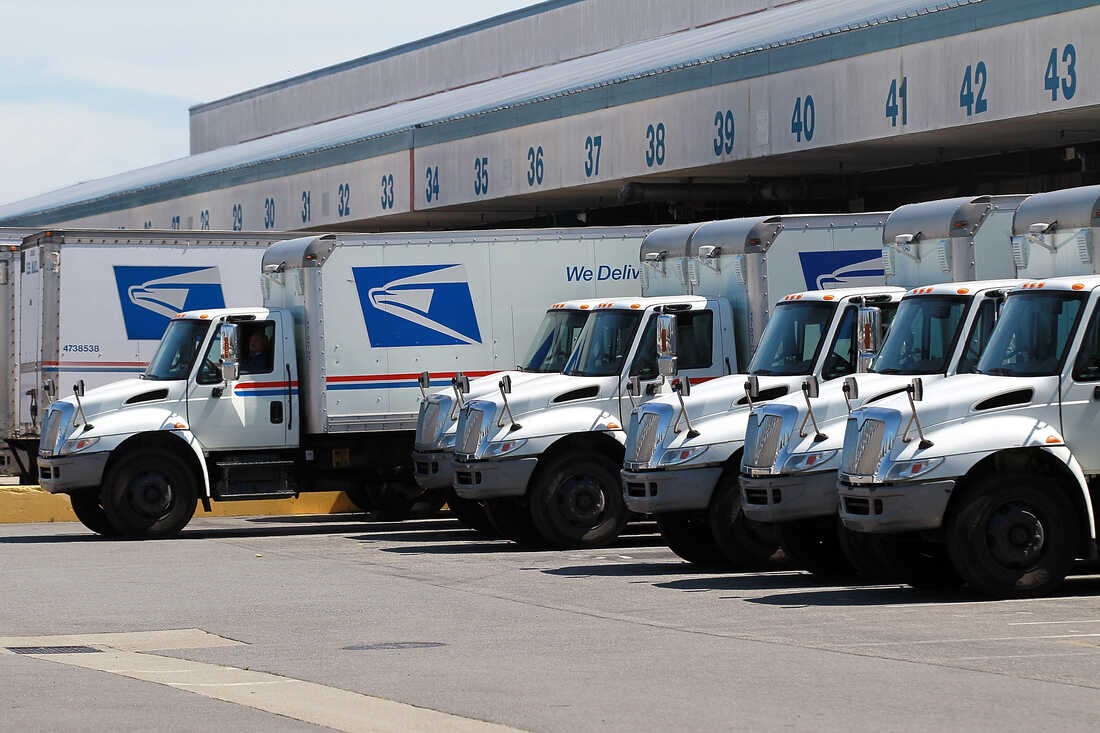In the world of CNC machining, choosing the right type of milling service can make a big difference in both cost and production efficiency. The two popular options—4-axis vs 5-axis CNC mills—are known for their ability to produce precision parts, but they come with distinct price tags due to their differing capabilities and complexities. Understanding these differences and how they influence service costs is essential for making the right choice for your project.
This article will explore the key factors affecting CNC mills service costs, focusing on the differences between 4-axis and 5-axis setups. We’ll look at why one might be more expensive than the other and provide a detailed contrast between the two. We’ll also introduce additional considerations that can help you choose the most cost-effective service for your specific requirements.
Key Factors that Affect CNC Mill Service Cost
Several factors can significantly impact the cost of CNC milling services. Whether using a 4-axis or 5-axis setup, understanding these elements can help you anticipate expenses more accurately and make cost-effective choices.
Complexity of the Design
The complexity of the part being machined is a major factor. Simple parts with basic geometries require less machining time and fewer setup changes, resulting in lower costs. In contrast, intricate designs with fine details demand more precision and potentially multiple machining passes, increasing both the setup and run time, which elevates the cost.
Material Type
The type of material used also affects the price. For example, softer materials like aluminum are easier and faster to machine. In comparison, harder materials such as stainless steel or titanium require specialized tools and slower speeds, leading to higher costs. Additionally, certain materials may require special coolants or tool coatings to ensure proper machining, adding to the overall expense.
Tooling Requirements
The number of tools required and their specifications can add to the service cost. Complex parts may necessitate various tools to achieve the desired finish, such as specialized cutting tools or custom tooling, increasing both the cost and the lead time.
Operator Skill Level
Operating a 4-axis or 5-axis CNC machine demands a certain level of skill and expertise. Since 5-axis machining involves more complex operations, it requires a higher level of operator proficiency. This can result in higher service rates for 5-axis machining because skilled labor is often more expensive.
Setup and Run Time
The time spent setting up the machine and the actual machining time can heavily influence the cost. More complex parts and intricate designs mean longer setup times and extended machining periods, which will drive up the total expense. For example, a 5-axis CNC mill may have a longer setup time but can often complete the machining in fewer operations compared to a 4-axis CNC, potentially offsetting the longer setup time with shorter machining times.
Quality and Tolerance Requirements
The level of quality and precision needed affects the machining cost. Parts requiring tight tolerances and high-quality surface finishes will take longer to produce because they necessitate slower machining speeds and finer cutting passes. This increased time directly adds to the cost of the service.
4 Axis CNC vs 5 Axis CNC Service Cost: Detailed Contrast
When deciding between 4-axis and 5-axis CNC milling services, it’s crucial to understand how their features impact the overall costs. Both setups are suitable for different applications, but their pricing can vary significantly depending on the nature of the project.
The Cost of 4 Axis CNC Milling
4-axis CNC milling offers an intermediate level of capability that is suitable for a wide range of parts. It allows for the machining of parts on different planes by rotating the workpiece around a fourth axis, making it ideal for tasks like engraving, drilling, and complex contouring on multiple faces. The added rotation improves the flexibility compared to 3-axis mills while still being more affordable than 5-axis services.
However, 4-axis milling might require multiple setups for complex parts, which increases the time needed for completion. When a part needs machining from many angles, it may be necessary to stop the machine, reposition the workpiece, and restart the operation. These added steps can lead to higher costs if the part design is intricate.
The Cost of 5 Axis CNC Milling
5-axis CNC milling provides the most advanced capabilities in terms of motion and flexibility, which come at a higher price. It enables the machine to approach the workpiece from five different angles, allowing for the continuous machining of complex shapes and contours without having to stop and reposition the part. This capability is especially beneficial for components used in industries such as aerospace, medical, and automotive, where precision and intricate designs are paramount.
The increased cost of 5-axis CNC milling is due to the sophisticated equipment, higher skill level required for operation, and the extended machine setup time. However, this higher initial cost can often be justified by the reduced run time and fewer required setups, which can lower the overall cost when working on large batches or very intricate parts.
Additional Factors that Influence Cost
While the general factors discussed above apply to most CNC milling services, there are additional considerations specific to 4-axis and 5-axis CNC mills that can affect the pricing.
Customization Needs
Projects that require custom setups, fixtures, or tooling can increase costs significantly. Custom fixturing is sometimes needed to hold complex shapes securely during machining, and this is more common with 5-axis milling due to its use in creating intricate parts. While 4-axis setups are more straightforward, they may still involve customization depending on the part’s geometry.
Production Volume
Production volume can influence the cost-per-unit of CNC machining. Larger production runs may benefit from reduced setup costs, as the expense can be spread across a greater number of units. For smaller production runs, setup costs can account for a significant portion of the total price, especially for more complex 5-axis operations. In such cases, 4-axis CNC milling might be more cost-effective.
Surface Finishing Requirements
The type of surface finish required for the part can also drive up costs. Higher-end finishes such as polished surfaces or very fine detailing may require additional passes with different tools or post-processing steps, increasing both machining time and expenses. 5-axis CNC mills can often achieve high-quality finishes in fewer steps because they can approach the part from various angles.
Applications Where 4-Axis and 5-Axis CNC Milling Shine
While cost is an important consideration, the capabilities of the milling machines should not be overlooked. Each type of mill excels in specific applications, making it the better choice for certain projects despite the price difference.
4-Axis CNC Milling Applications
4-axis CNC milling is ideal for projects that require machining on multiple sides of a part but don’t necessarily demand the complexity and precision of 5-axis machining. Common applications include:
- Machining cylindrical parts such as gears, camshafts, or tubing.
- Performing engraving and intricate 3D contouring on flat surfaces.
- Drilling holes at various angles without manual repositioning.
The balance of cost and capability makes 4-axis milling a popular choice for medium-complexity tasks.
5 Axis CNC Milling Applications
5-axis CNC milling is well-suited for parts that have complex geometries and require machining from multiple angles in one setup. It is commonly used in industries where precision and accuracy are critical, such as:
- Aerospace, for components like turbine blades, impellers, and structural parts.
- Medical device manufacturing, where complex shapes and tight tolerances are required.
- Automotive industry for high-performance engine components and custom parts.
The ability to produce complex parts in a single operation makes 5-axis CNC milling ideal for highly detailed projects.
Contrast Table
The table below highlights the differences between 4-axis and 5-axis CNC milling services, providing a clearer view of the factors influencing cost.
| Factor | 4 Axis CNC Milling | 5 Axis CNC Milling |
| Setup Complexity | Moderate | High |
| Machining Capabilities | Good for moderately complex parts | Excellent for highly complex parts |
| Run Time | It can be longer due to multiple setups | Often shorter, continuous machining |
| Operator Skill Level | Moderate skill required | High skill required |
| Cost of Equipment | Lower initial investment | Higher initial investment |
| Overall Cost | Generally lower | Generally higher |
| Tooling Requirements | May need additional setups | Fewer setups due to multi-axis capabilities |
| Surface Finishing | Additional passes may be needed | High-quality finishes in fewer steps |
| Material Compatibility | Suitable for most materials | Ideal for complex materials |
Conclusion
Choosing between 4-axis and 5-axis CNC milling services involves balancing the complexity of your project and budget constraints. For moderately complex parts, 4-axis CNC milling may offer a cost-effective solution with adequate capabilities. On the other hand, if the project involves intricate geometries or requires high precision, 5-axis CNC milling might be worth the higher upfront cost due to its ability to perform complex machining in fewer setups.
Ultimately, understanding the factors that drive costs and the applications where each milling type excels can help you make an informed decision, ensuring both quality and cost efficiency.










